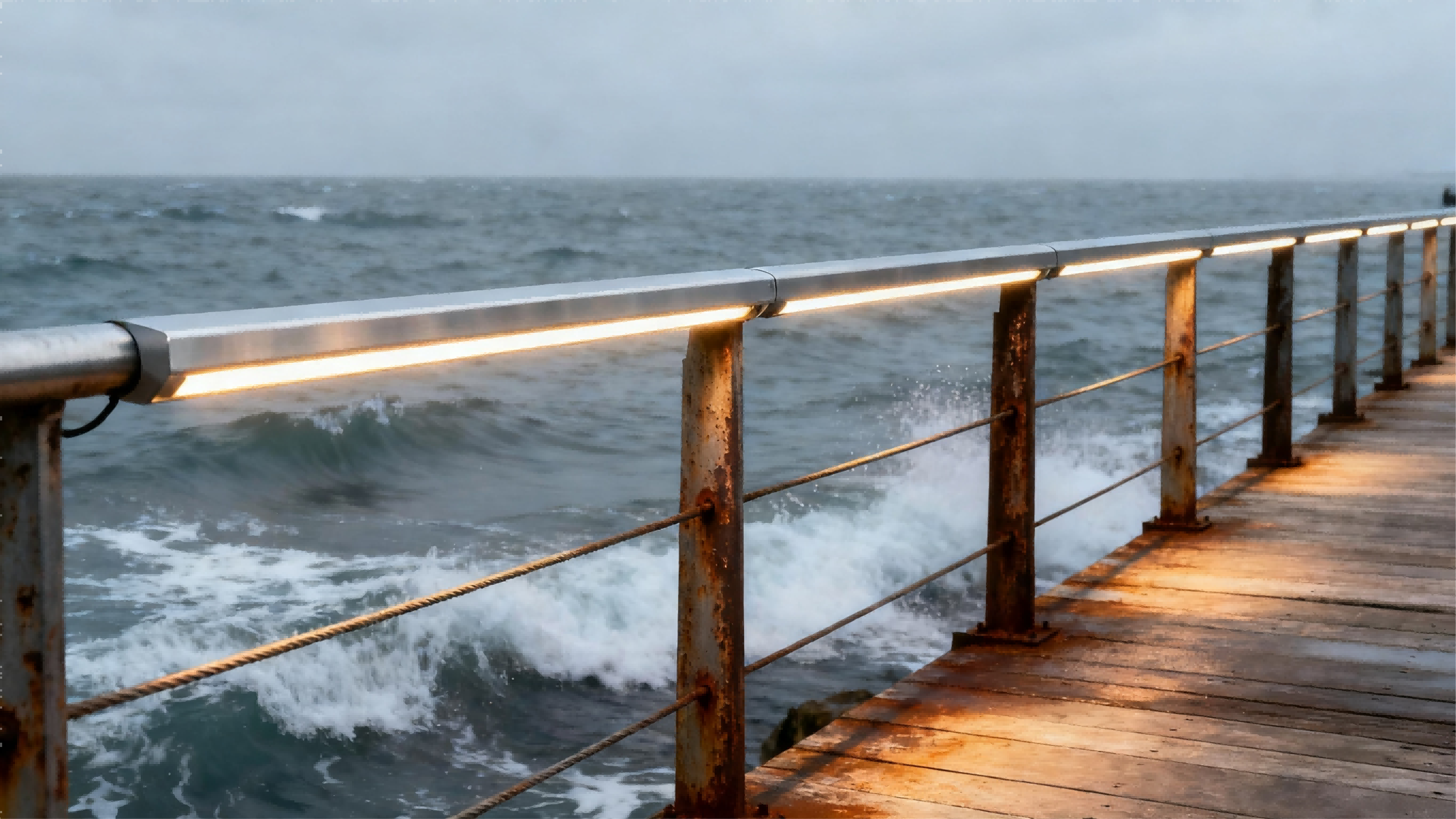
Practical guide to improving weather and corrosion resistance of outdoor lighting fixtures—materials, coatings, installation, maintenance and smart solutions for lasting performance.
READ MORE>>
2025-10-20 17:30
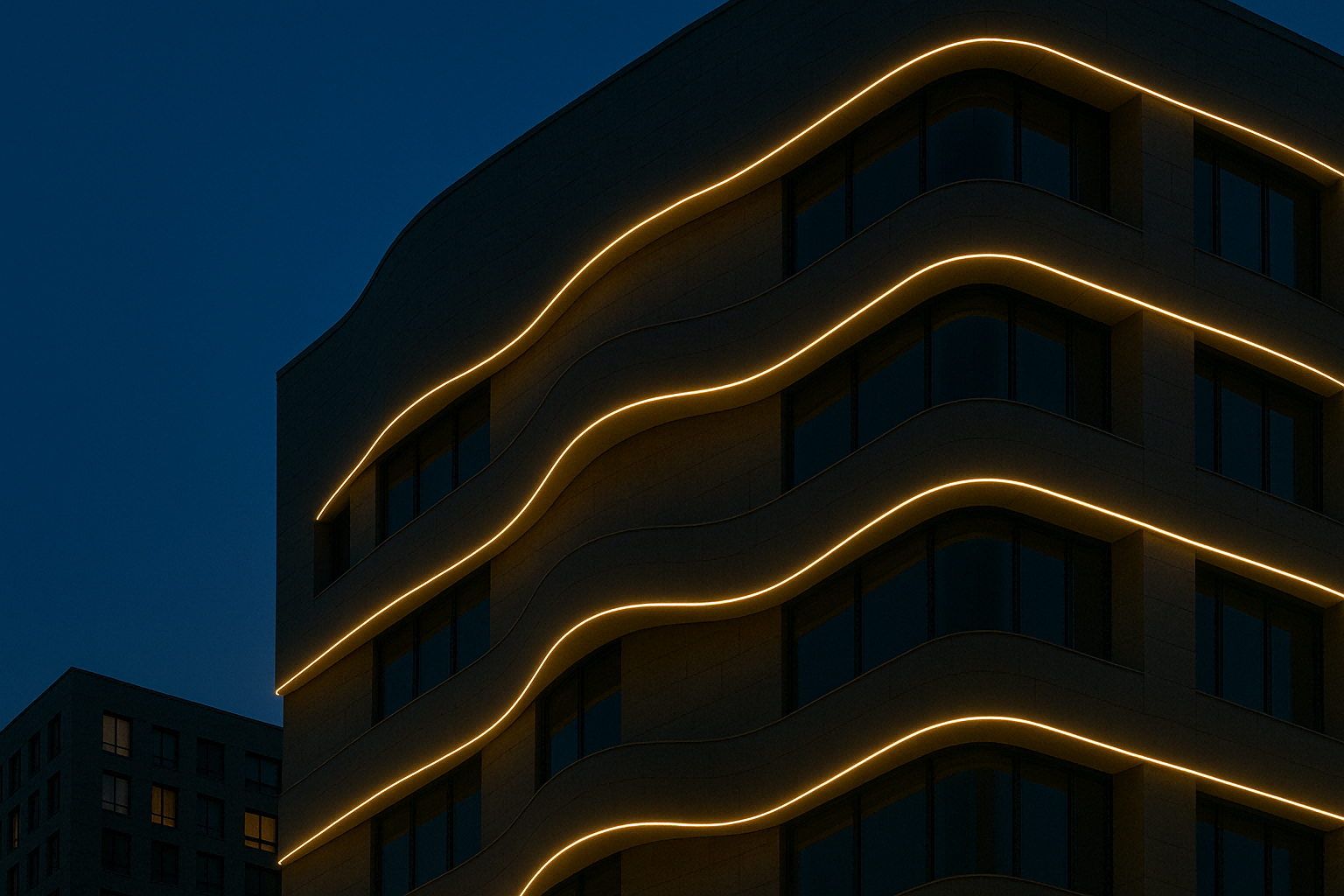
Lighting irregular facades is both an art and a science. This article explores practical strategies to illuminate complex architectural forms—curved, folded, or textured surfaces—by combining creativity with engineering precision. It covers site surveys, technical assessments, lighting design principles, fixture and optical selection, structural installation, and intelligent control systems. Emphasis is placed on achieving visual harmony, energy efficiency, and long-term reliability through hybrid lighting strategies, modular fixtures, and pixel-level control. With over 15 years of global experience, LNJAMI provides tailored facade lighting solutions that transform architectural challenges into captivating, sustainable nightscapes.
READ MORE>>
2025-10-11 11:30
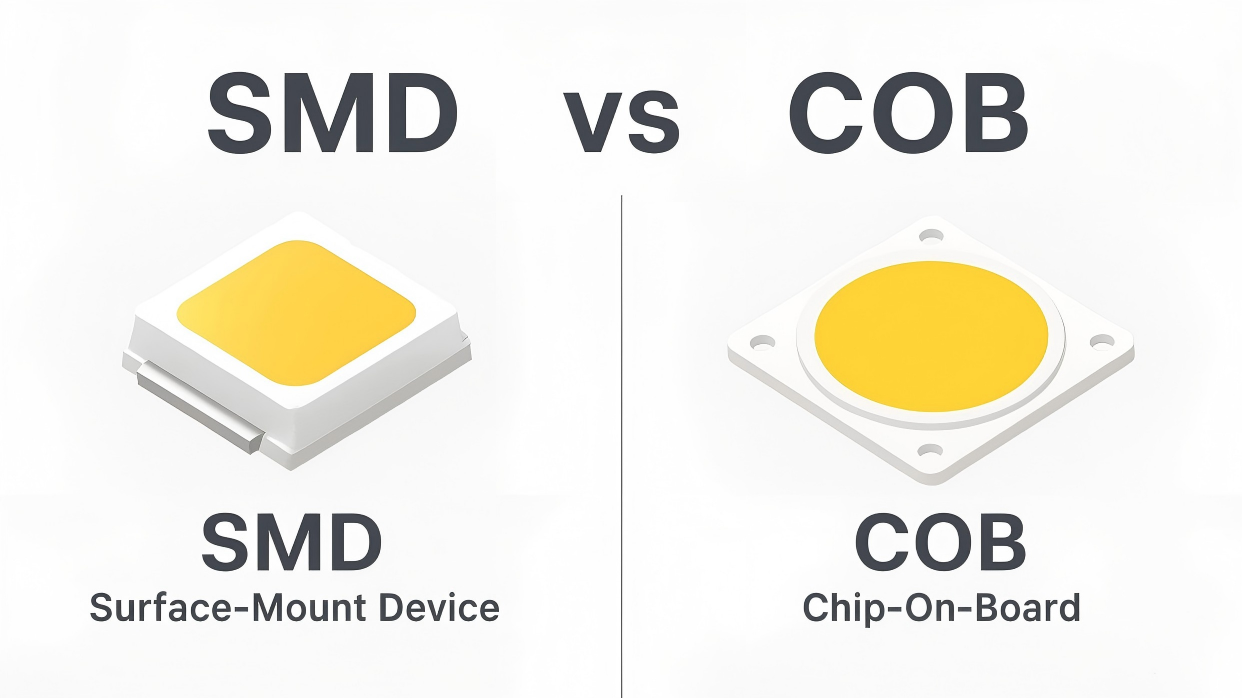
SMD and COB each excel in different ways: SMD provides modular design, color flexibility, and pixel control for strips and displays, while COB offers higher lumen density, uniform light, and better color rendering for downlights and floodlights. The right choice depends on system-level factors like lm/W, junction temperature, and CRI rather than chip specs alone. Many projects combine both—COB for main lighting and SMD for effects—to balance performance and cost. Always set clear acceptance criteria and test samples before mass procurement.
READ MORE>>
2025-10-02 17:14

Explore DALI and DALI-2: global lighting control standards delivering energy efficiency, flexibility, and smart integration for modern buildings.
READ MORE>>
2025-09-22 17:30
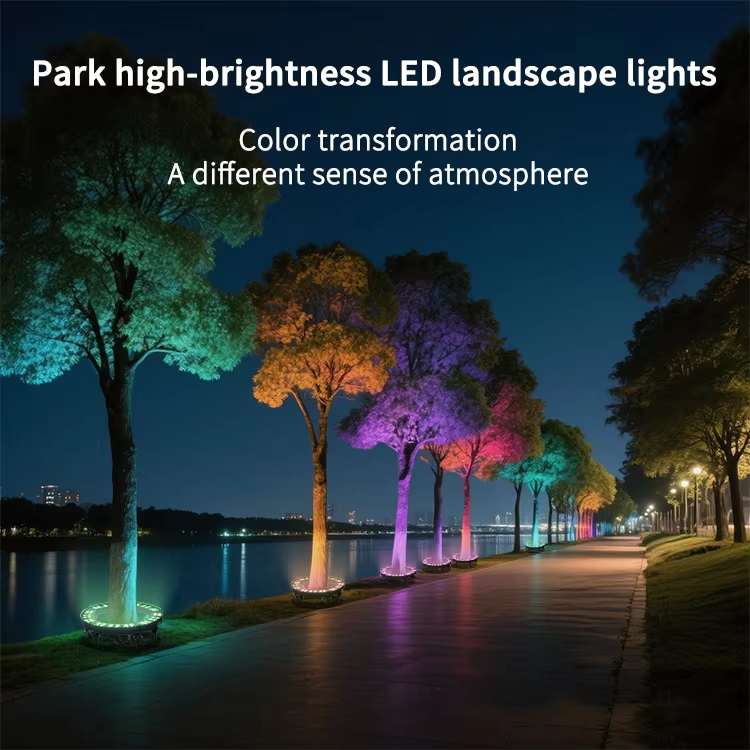
An LED circular tree light is a ring-shaped (or segmented) high-efficiency LED fixture installed around a tree trunk or recessed at the base to deliver uniform 360° uplighting that accentuates bark texture and canopy silhouette while minimizing glare and light spill. It blends aesthetics and function—suiting private gardens, hotel entrances, urban boulevards and event spaces—and comes in residential low-voltage models, heavy-duty commercial rings, RGB/RGBW color-changing variants, solar-hybrid units and modular/split designs for retrofit. Key selection points include power (typically 12–36 W per ring), color temperature (2700–5000 K), IP rating (IP65–IP67), lumen output and control compatibility (Timer / DALI / DMX / wireless). Proper installation prioritizes tree health (no bark-penetrating mounts, allow growth gap), weatherproof cabling, earthing and night-time commissioning; routine lens cleaning and driver checks keep performance steady. Compared with halogen or metal-halide, LEDs typically cut energy use 60–80%, offer 30k–50k hour lifetimes and much lower maintenance, so at scale—with dimming schedules and smart controls—payback is often rapid, while spectral and timing strategies can minimize ecological impact and make trees lasting, energy-efficient nightscape landmarks.
READ MORE>>
2025-09-06 17:20
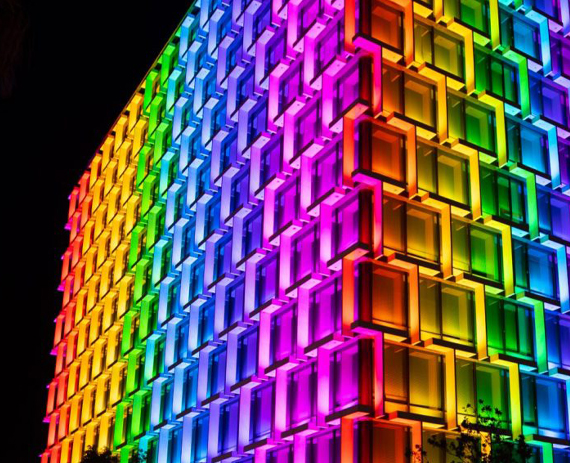
Facade lighting control transforms buildings into dynamic nightscapes, blending art with smart technology. From DMX and DALI systems to pixel mapping and energy-saving automation, modern solutions enhance aesthetics, cut costs, and support sustainable smart cities. The future of facade lighting lies in responsive, efficient, and meaningful urban connections.
READ MORE>>
2025-08-29 16:32


